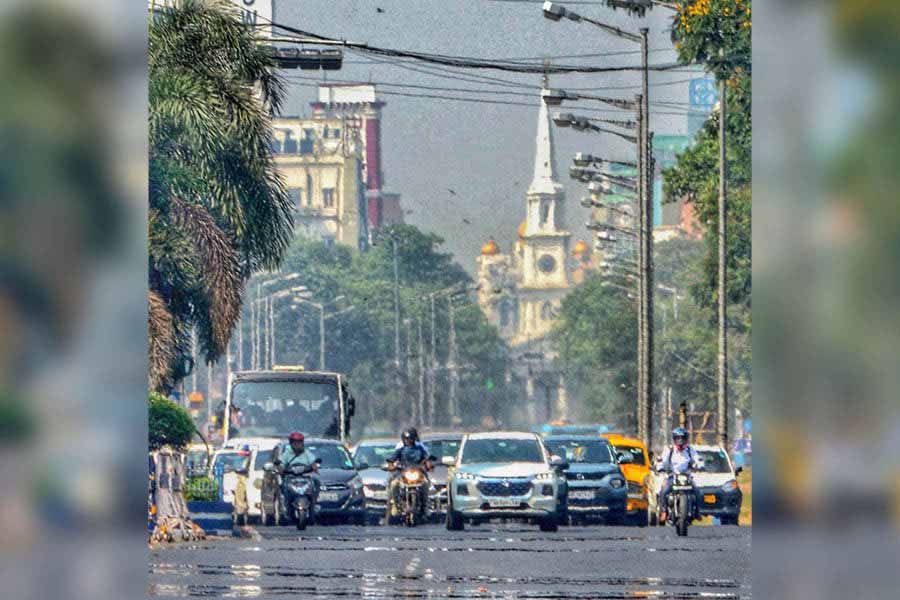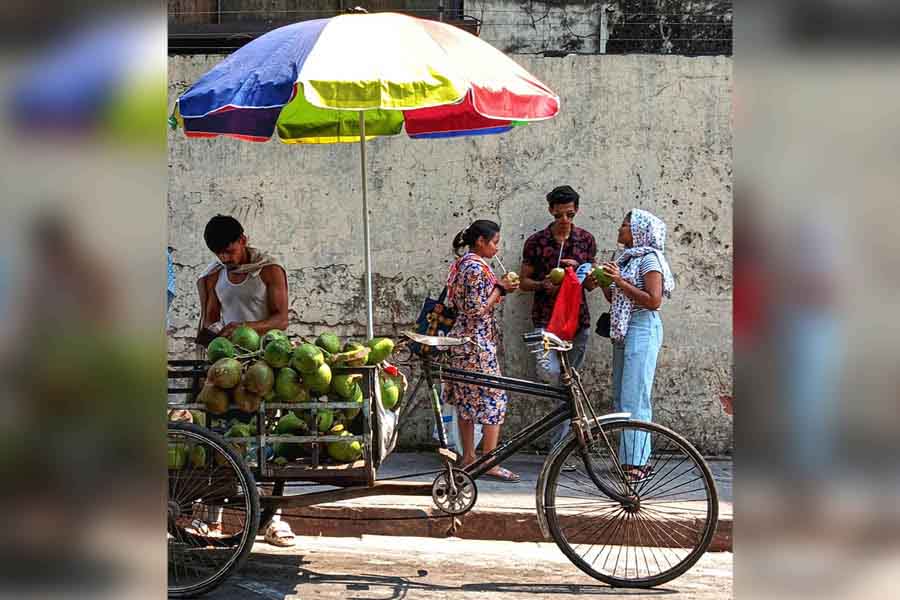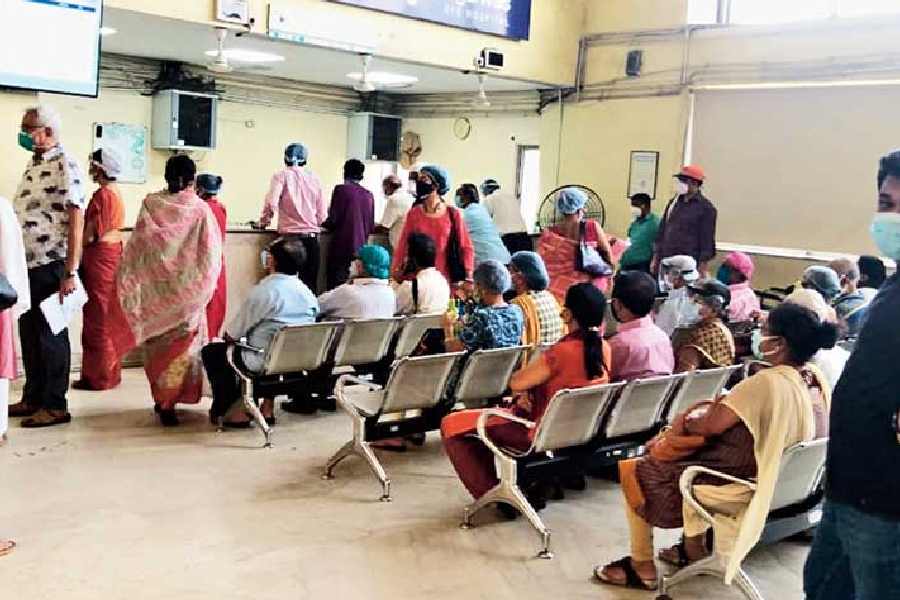The mercury soared to a searing 43 degrees Celsius in Kolkata on Tuesday, not unlike Phil Salt’s scorching sixers at the Eden Gardens the previous evening. The record-breaking maximum temperature surpasses Kolkata’s earlier April highest of 41.7 degrees Celsius, recorded on Monday and also more than four decades ago on April 25, 1980 — 16 years before the England batter doing the Kolkata Knight Riders proud was even born.
On Tuesday afternoon, Kolkata’s temperature at Alipore stood at 43 degrees Celsius, 7.4 degrees more than the normal for this time of the year.
Reeling under an intense heatwave, Kolkata has been recording maximum temperatures well over the 40-degree mark for over a week — the highest before Monday being 41.6 degrees Celsius last Thursday.
The India Meteorological Department had predicted a maximum temperature of initially 41 degrees Celsius on Tuesday but the mercury outdid itself.
“On Monday, the highest temperature was recorded at 41.7ºC; the joint highest for the past 50 years with the maximum temperature recorded on April 25, 1980,” said Somnath Dutta, head of Regional Meteorological Centre, IMD Alipore.
The highest temperature recorded at IMD’s weather station in Dum Dum on Monday was 42ºC. The highest temperature ever recorded in Kolkata so far is 43.9 degrees Celsius, while for April the maximum figure stands at 43.3ºC in 1954, according to IMD.
Just a trailer
The ongoing heatwave in Kolkata may just be a trailer as the Assessment Report 6 (AR 6), the UN report on climate change, projects that the highest temperature in Kolkata may touch 49.6 degrees Celsius between 2081 and 2100 under the worst possible global carbon emission rise scenario.
The findings are part of the working group I report of Intergovernmental Panel on Climate Change (IPCC), the UN body comprising nearly 3,000 global scientists, that has also predicted that the mean temperature of the city may rise 4.5 degrees Celsius around 2081-2100; compared to pre-industrial era, at a rate higher than the global average. The pre-industrial era is considered as the benchmark as the human-made carbon emission started after that period.
The report further points out that the rise in heat has been more pronounced in recent times. “The data shows that within a projected 4.5 degree Celsius rise between 1850 and 2081; nearly 91 per cent rise is set to happen in between 1995-2081,” said Aniruddha Mukherjee, professor of environmental science at Calcutta University.
The temperature in Kolkata may cross 35 degrees Celsius for nearly 150 days in a year towards the end of the century under the worst possible emission scenario, the report says.
Blame it on urbanisation
“Urbanisation has exacerbated the effects of global warming in cities (very high confidence),” says the report, which further explains that “urban heat island effect results from… reduced ventilation and heat trapping due to close proximity of tall buildings, heat generated directly from human activities, the heat-absorbing properties of concrete and other urban building materials, and the limited amount of vegetation”.
The Regional Factsheet — Urban Areas part of the report shows that from 1950 to 2018, Kolkata has recorded the highest rise in the surface air temperature — 2.7 degrees Celsius — among the global cities and regions studied, including New York City, Mexico City, Buenos Aires, Johannesburg, Moscow, Cairo and cities in China, Japan and Thailand. Experts point out that Kolkata has all the tell-tale attributes the report warns about.
Subimal Ghosh, a scientist from IIT Mumbai and a lead author of the IPCC report, said that “on basis of the report, we can say with high confidence that extreme heat and heatwave phenomena are going to increase in cities like Kolkata and hence, it definitely needs a heat action plan”.
Abhiyant Tiwari, a climate expert in Natural Resources Defense Council (NRDC), an international advocacy platform, pointed out that places like Kolkata with high humidity should give priority to implementation of heat action plans.
The report shows that urbanisation has contributed to the rise in the city’s temperature, with more than 80 per cent of the warming recorded in the city being linked to the city-area itself.
Experts point out that the city is suffering more because the blue-green infrastructure, the water bodies and greenery, required to combat the heat rise is fast depleting.
A 2022-23 pan-India study by environmental think-tank Centre for Science and Environment (CSE) shows that Kolkata’s water bodies have decreased by 39 per cent; and vegetation by 19 per cent, while built-up area increased by nine per cent during 1999-2021, triggering the rise in heat.


